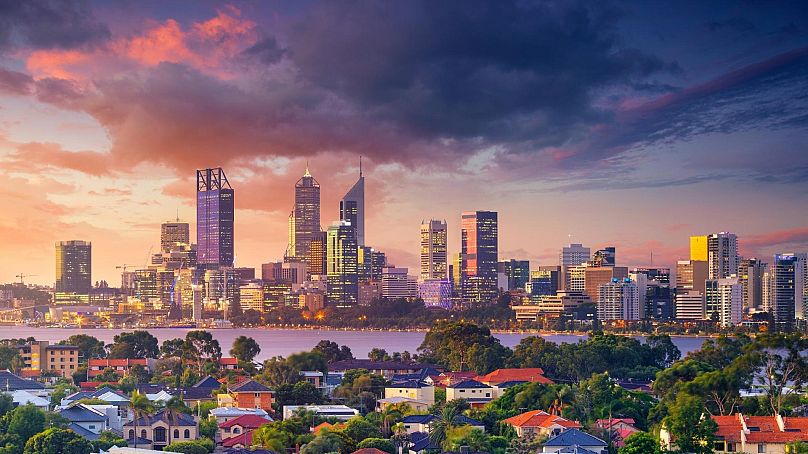As Australia's borders finally reopen, is the country ready to embrace its Indigenous place names?
Western Australia became the final part of the continent to reopen to vaccinated international tourists last week - after nearly two years of tough restrictions.
To encourage tourists to return, the region handed out over $500,000 (€460,000) worth of vouchers to the first arrivals. Ranging in value from $150 to $2,200 (€138 to €2,025) the vouchers were meant to be used for local tourism experiences including swimming with dolphins, a tour of Penguin Island or activities like skydiving.
A cash prize on arrival wasn’t the only change at Perth Airport though. Passengers boarding domestic flights might also have noticed that the airport is now displaying Indigenous place names alongside commonly used place names.
The change, which was introduced in November 2021, but has only been seen by internal tourists until now, sees the boarding gate signs rotate between the two names.
So, for example, the boarding sign for a flight to Adelaide now also displays the name Kaurma Country.
However, some Indigenous leaders told ABC news that the airport had mislabelled their countries.
“Obviously, the genuine meaningful comment they made about acknowledging First Nations people, when they didn’t even have the courtesy to come and talk to traditional owner groups, was disappointing,” Jennell Reynolds from the Esperance Tjaltjraak Native Title Aboriginal Corporation told the national broadcaster.
Where else are Indigenous names used in Australia?
While some tourism hotspots, most famously Uluru (formerly known as Ayers Rock) - which was renamed in 1993 - have been known by their Indigenous names for decades, many parts of Australia have been slower to acknowledge the continent's Indigenous people.
But in a bid to capture the world’s imagination as the country opens its borders, Tourism Australia has launched a new initiative to encourage people to use the Indigenous names for some of the country’s most famous places.
At an annual industry event last week, managing director Phillipa Harrison announced "we will be dual-naming our cities and other select locations, using the current term alongside the traditional Aboriginal name.”
The initiative will be rolled out across tourist boards and social media channels in the coming months.
Some other popular tourist destinations that have been given dual names recently include four sites in New South Wales, including Mount Dromedary, which is also known as Gulaga.
Another major acknowledgement of Indigenous place names came in 2020 when the Australian postal service agreed that the names could be used in mail addresses, after a popular grassroots campaign highlighted the issue.
To find out the Indigenous place names for different regions across the continent, tourists can use the AIATSIS map of Indigenous Australia.












